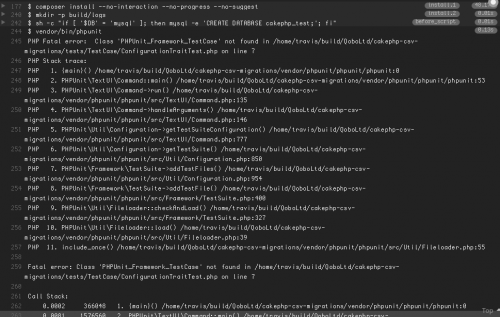Eric Raymond goes over a few things every hacker once knew.
One fine day in January 2017 I was reminded of something I had half-noticed a few times over the previous decade. That is, younger hackers don’t know the bit structure of ASCII and the meaning of the odder control characters in it.
This is knowledge every fledgling hacker used to absorb through their pores. It’s nobody’s fault this changed; the obsolescence of hardware terminals and the near-obsolescence of the RS-232 protocol is what did it. Tools generate culture; sometimes, when a tool becomes obsolete, a bit of cultural commonality quietly evaporates. It can be difficult to notice that this has happened.
This document is a collection of facts about ASCII and related technologies, notably hardware terminals and RS-232 and modems. This is lore that was at one time near-universal and is no longer. It’s not likely to be directly useful today – until you trip over some piece of still-functioning technology where it’s relevant (like a GPS puck), or it makes sense of some old-fart war story. Even so, it’s good to know anyway, for cultural-literacy reasons.
The article goes over:
- Hardware context
- The strange afterlife of the outboard modem
- 36-bit machines and the persistence of octal
- RS232 and its discontents
- UUCP, the forgotten pre-Internet
- Terminal confusion
- ASCII
- Key dates
Found via a couple of other interesting bits –
What we still use ASCII CR for today (on Unix) and
How Unix erases things when you type a backspace while entering text.
